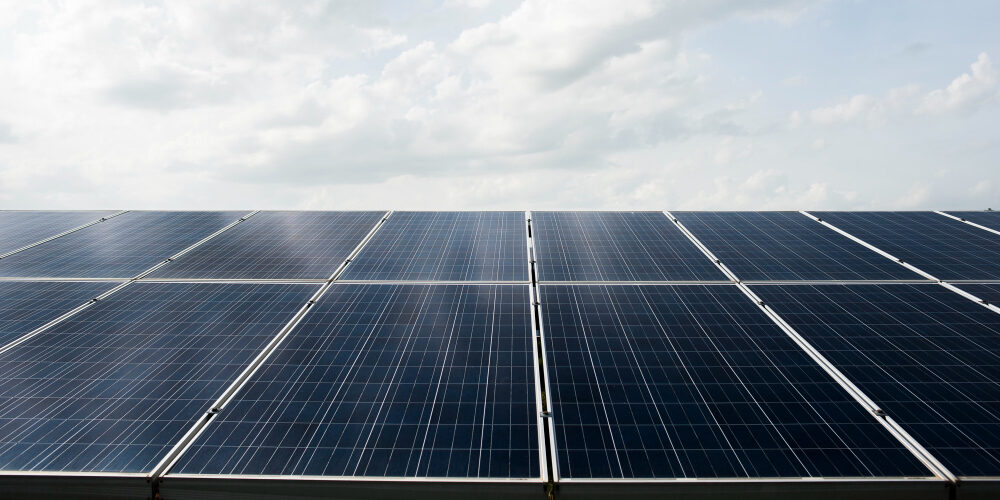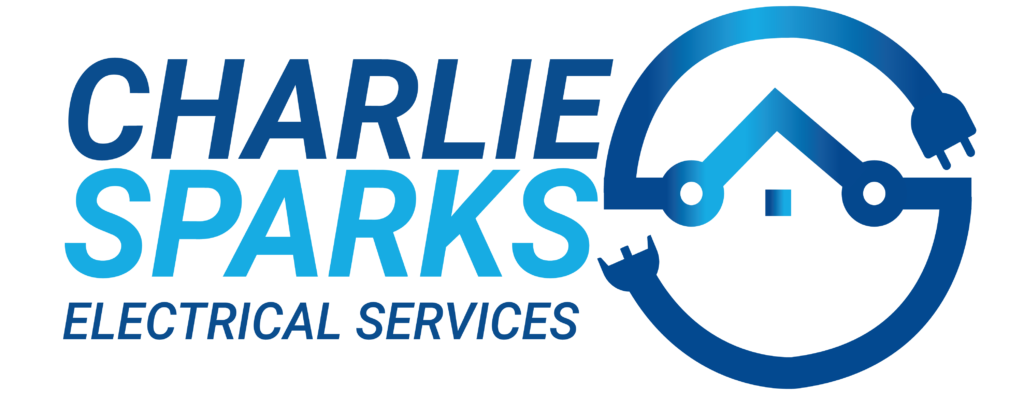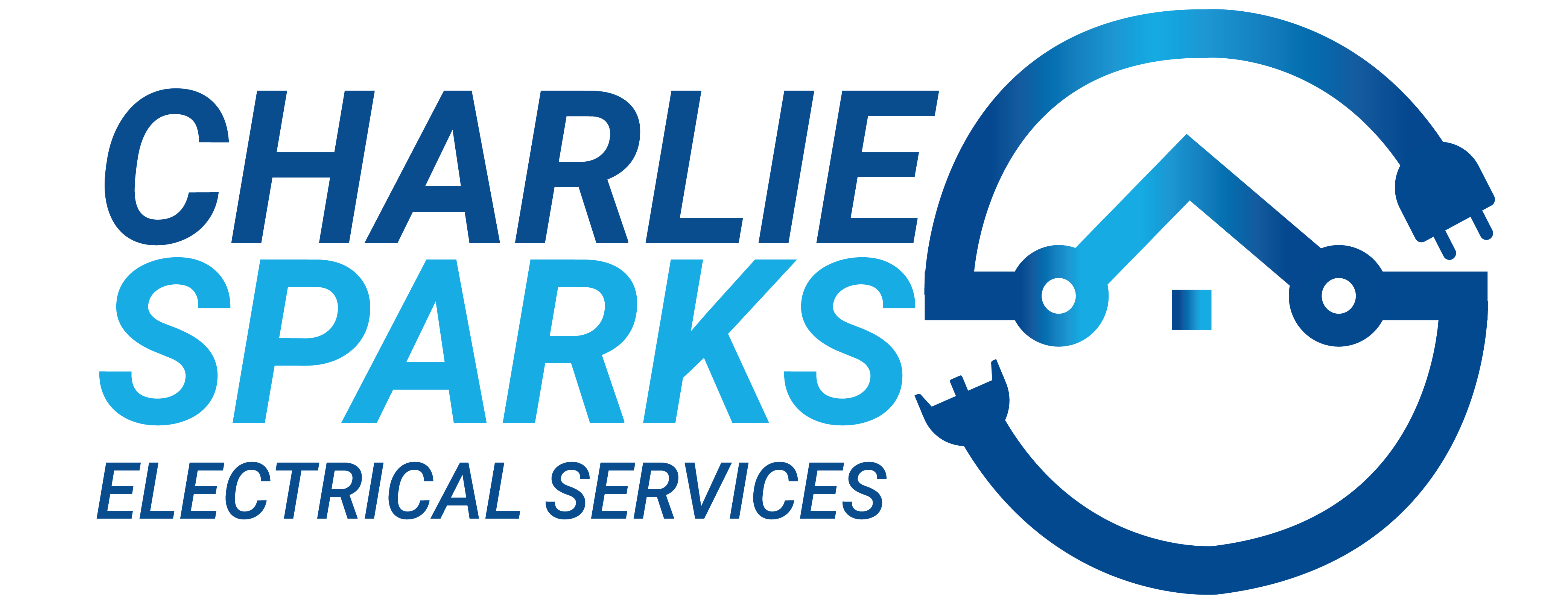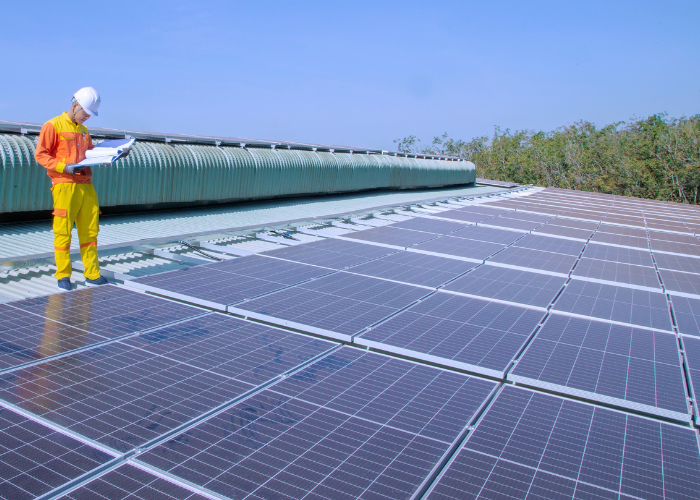The Influence of shading on Solar Panel Efficiency in Sydney Sydney’s solar industry is burgeoning, owing to its many advantages.
Solar panels are a sustainable and cost-effective means of generating electricity for households and enterprises. Nonetheless, shading is an obstacle that often arises during solar panel installations in Sydney.
As society becomes more conscious of the environment, the utilisation of solar energy is gaining momentum as a preferred option for powering homes and businesses.
However, the performance of solar panels can be adversely affected by numerous factors, particularly shading. With its unique topography and varying weather conditions, the city of Sydney is particularly susceptible to the adverse effects of shading.
This article aims to shed light on the impacts of shading on solar panels, provide insights on avoiding shading, and explore potential strategies for addressing shaded solar panels.
How Does Solar Panel Shading Work?
The occurrence of shading is a hindrance to the proper operation of a solar panel as it obstructs direct exposure to sunlight. This obstruction arises from various objects, such as buildings or trees, which impede the flow of the sun to the solar panel’s surface.
Consequently, the cells housed within the solar panel cannot convert sunlight into electricity with the desired efficiency levels. A solar panel’s effectiveness is by its output in watts.
The amount of power a solar panel can generate depends upon the level of sunlight exposure; thus, when the solar panel obstructs, its output capacity is subject to a potential decrease of up to 80%.
How Does Shade Impact Solar Panels?
Shading on solar panels can exert a considerable influence, mainly when the shading is extensive or extended.
The cells within a shaded solar panel are prone to generating hotspots, causing irreparable damage to the solar panel.
The voltage of the solar panel is reduced by the shaded cells, which can impact the entire solar array’s output. In some situations, shading is reduced by modifying the panel’s angle or eliminating the source of shade.
However, in other circumstances, the impact of shading may be too significant to overcome, necessitating the replacement of the affected panels.
What Happens If One Solar Panel Is Shaded?
A solar array’s efficiency heavily depends on every panel working at its optimal level. Even a single shaded panel can result in a considerable reduction of the entire array’s output.
It occurs because the lowest-performing solar panel sets the limit for the array’s production. A shaded panel can lead to a drop in voltage for the entire collection, which can ultimately affect the performance of the other solar panels.
How To Avoid Shading On Solar Panels?
Maximising solar panel exposure to direct sunlight is crucial in preventing shading. However, this may prove challenging in urban areas, where buildings and trees obstruct the sun’s rays.
Fortunately, various innovative solutions are possible to overcome this challenge and ensure optimal solar panel performance.
Bypass Diodes
Using bypass diodes presents a viable solution to mitigate the adverse effects of shading on solar panels.
By facilitating an alternate path for current flow through unshaded cells, these diodes circumvent the impediment of shaded cells, thereby enhancing the panel’s output.
String Inverters
String inverters are a valuable asset for enhancing the efficiency of photovoltaic panels subject to partial shading. These advanced inverters engineer to regulate the energy output of the solar array by modulating the amount of sunlight received by each solar panel.
Microinverters
Utilising microinverters represents a cutting-edge technological solution to enhance solar panels’ efficiency under partial shading conditions.
By integrating a microinverter into each solar panel, the system can optimise the output of each meeting by finely regulating its power output in response to variations in solar irradiance.
This approach allows for attaining superior energy production levels, thereby enhancing the overall performance and profitability of the solar energy system.

Strategies And Technologies For Dealing With Shaded Solar Panels
Renewable energy from solar power offers an exceptional alternative to traditional energy sources for residential and commercial use, providing an environmentally conscious option.
Shading poses a considerable obstacle to solar panel performance, even when only a tiny segment is affected. The impact of shading can lead to a substantial decrease in the entire solar array’s output.
To combat this issue, various techniques and technological advancements are available to mitigate shading’s effects on solar panel performance.
Choose the best installer
When seeking a solar installation company, choosing a reputable one that can tailor a solar system to suit your specific needs is imperative.
Charlie Sparks is a top-tier provider that considers your property and its surrounding environment when designing a customised solar strategy.
Our team conducts a comprehensive shade mapping evaluation to determine the system’s productivity, enabling us to recommend an optimal panel system that operates efficiently and mitigates shading effects.
To learn more about our solar solutions and receive a complimentary, contact us!
Avoid shading where possible
The most optimal approach to circumvent solar shading issues is by eradicating them.
One could contemplate the placement of their solar system on an unobstructed segment of their roof to achieve this goal. It is possible to relocate a section, if not the entirety of the system, particularly one that generates solar power during periods of electricity consumption.
Micro inverters and power optimizers
In addressing the challenge of partial shading, implementing both microinverters and power optimizers has proven efficacious.
This technological advancement affords each solar panel the capacity to function independently, thereby ensuring that the remaining summits can maintain peak performance even in the event of shading on a singular solar panel.
Pick the most efficient solar panels
The optimal function of solar panels is achievable with no interference from shading. With advanced solar panels, a unique parallel circuitry design is incorporated that effectively minimises the impact of shading loss to only the shaded segments.
The innovative design elevates the panels’ performance, resulting in a marked increase in energy output compared to conventional panels.

Frequently Asked Questions
Solar panels can yield a fruitful return on investment despite partial shading. While shading may impede panel output, the financial benefits of self-generated electricity render solar panels a viable and lucrative option. Collaborating with an established solar panel installation company is critical to determine the ideal panel placement and shading mitigation tactics, ensuring optimal energy absorption.
The impact of shading on solar panels cannot be understated, as it can lead to permanent damage if the affected cells experience overheating. It can manifest as “hot spots” on the panel, which can cause irreparable harm.
Furthermore, shading can also reduce the panel’s voltage, which can affect the output of the entire solar array. It is, therefore, essential to engage the services of a reputable solar panel installer who can offer expert advice on optimal panel placement and effective shading mitigation strategies.




